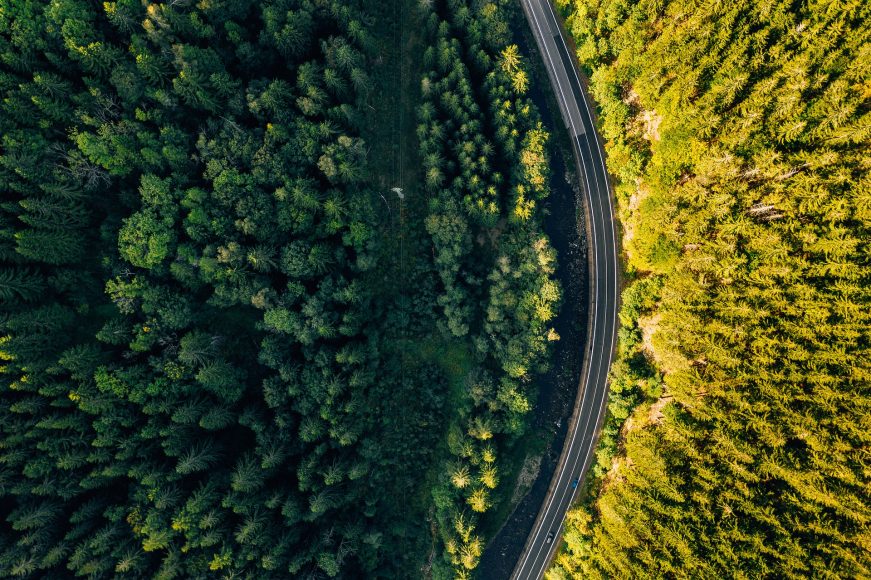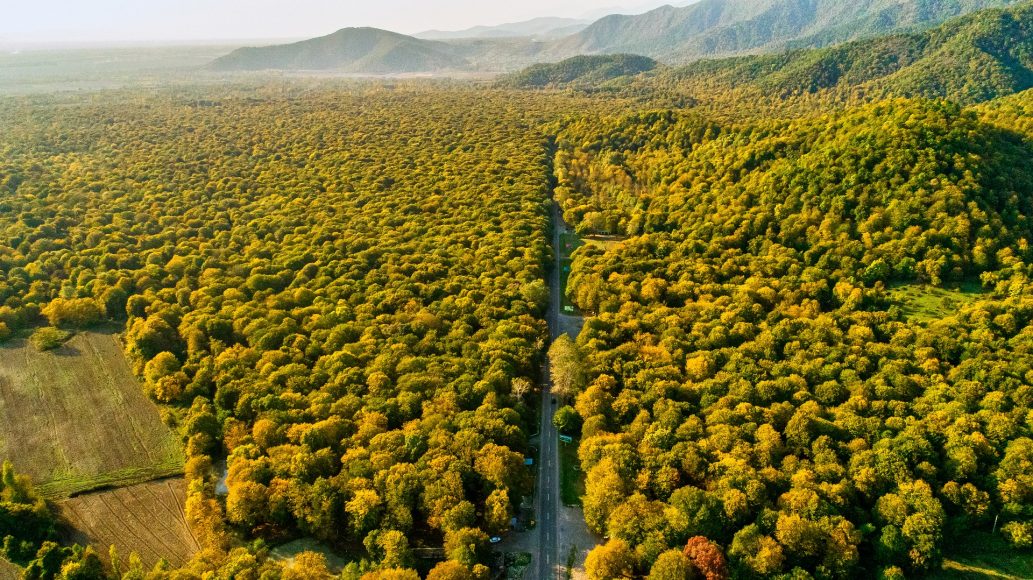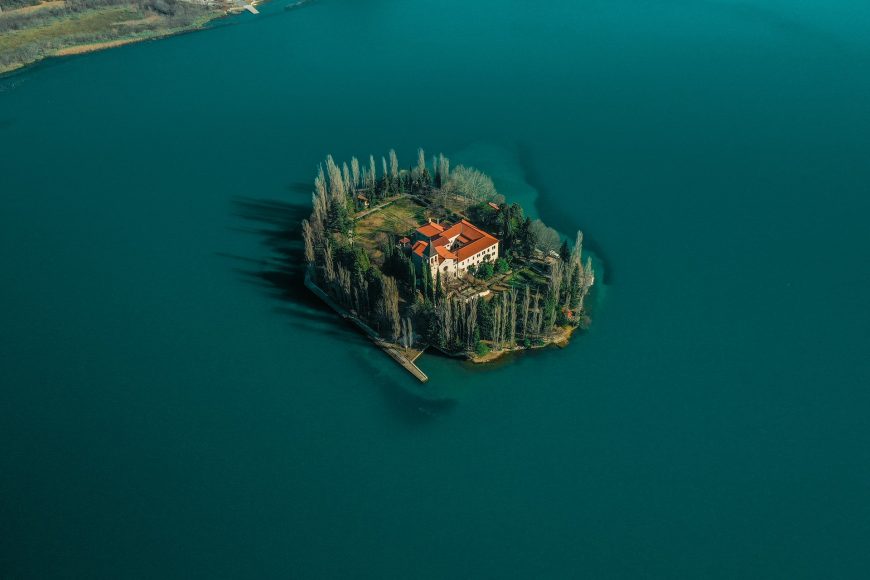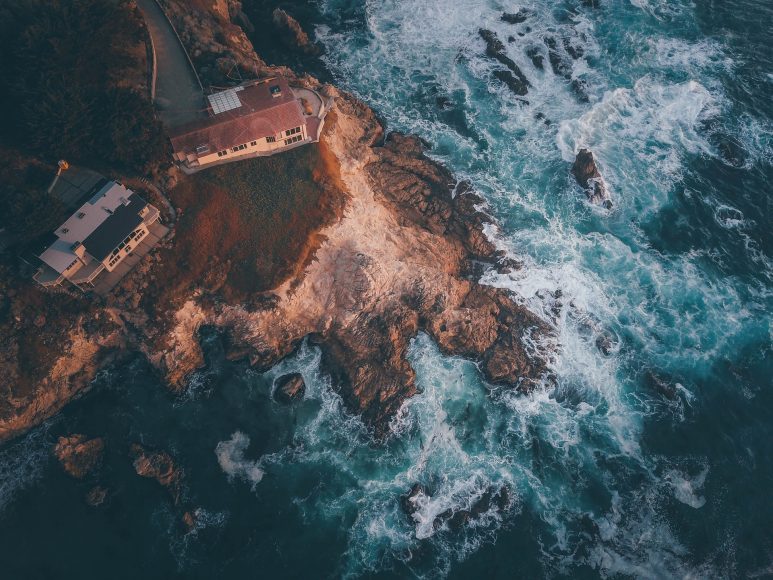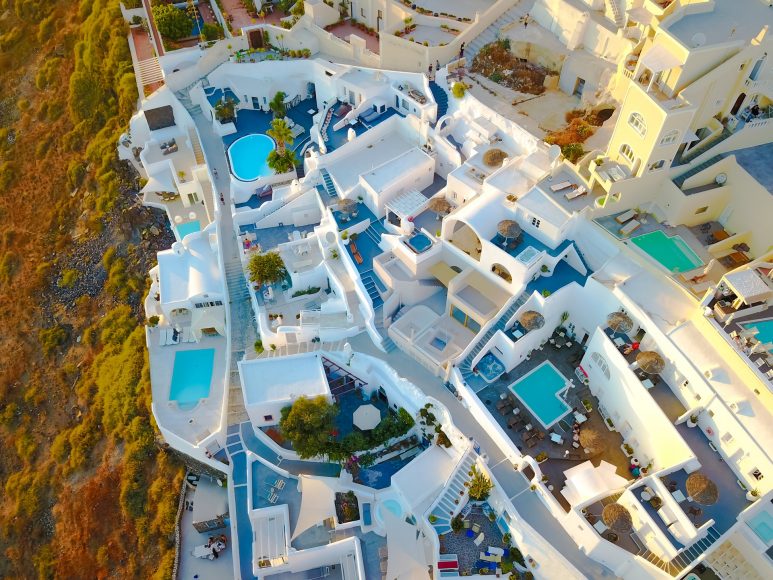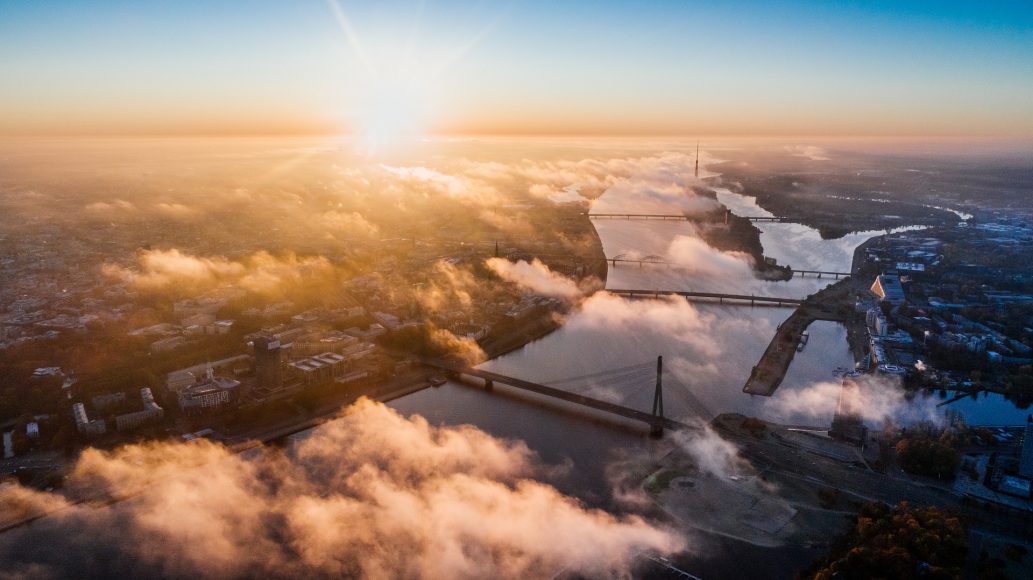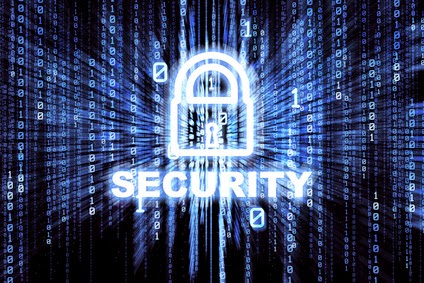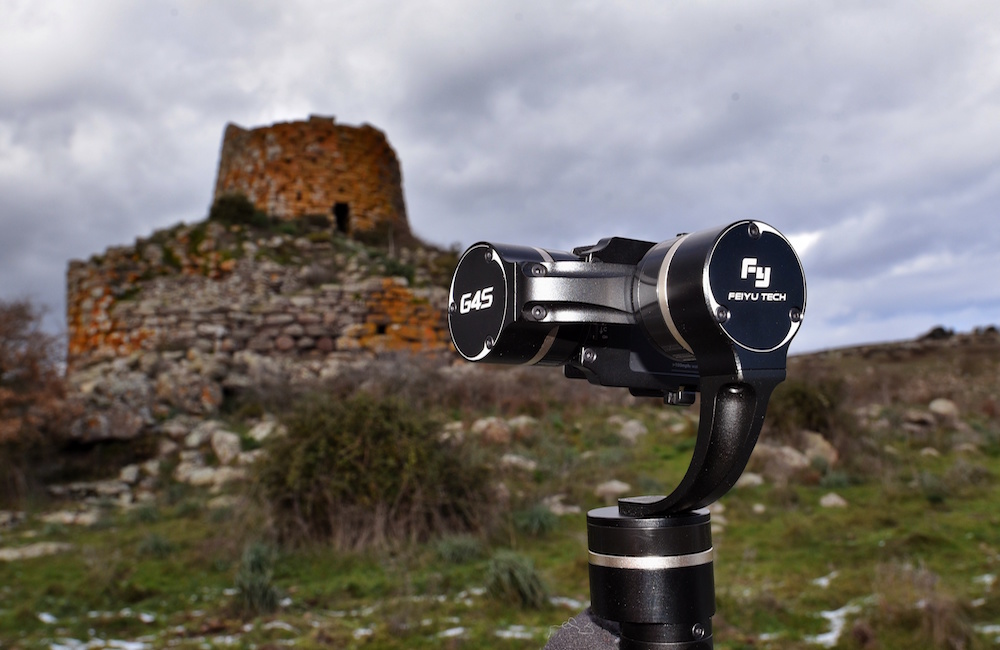When it comes to drone photography, you want to make yours look amazing. Here are 5 essential tips for taking incredible drone photos. Drone photography gives you a bird’s eye view of the world. But your shots will never be on target if you don’t have an eye for capturing the perfect image.
Considering how people have managed to take terrible photos of even the world’s most beautiful natural wonders, it’s easy to see that a unique vantage point won’t automatically make your drone photos great. But, for many keen photographers, using a drone offers the opportunity to flip the perspective and experiment a little. Although, knowing when, where, and how to use a drone ensures that you’re all set to make the shot when you see it.
Want to learn how to take your drone photography to the next level? Keep reading to find out our top tips for using a drone!
-
Research Possible Locations Beforehand
Cool features on the DJI Mavic 3, including extended flight times and obstacle sensing, make it easier to get the perfect shot. But even with the best drones, there’s still a lot of prep work that goes into a great drone photo.
This is why the first of our drone tips is to research possible locations long before you head out with your drone. Successful drone photography relies a lot on knowing where you are and aren’t allowed to fly. As such, it’s a must to do your research ahead of time.
The 3D function on Google Earth is a great tool for scouting locations, especially since it allows you to see close-up details of almost any location. Plus, Google Maps shows you the altitude you’ll need to take the shot from, which is a big help when you’re using a drone somewhere new.
But, don’t think you have to travel hundreds of miles to get great shots. Instead, start with locations near your home. This makes it easier to go back several times and try new things as you learn to perfect your drone photography skills.
-
Know When to Fly
As well as knowing where you can fly, it’s also important to stay up-to-date with the weather so you know when it’s safe to fly too.
Ideal drone photography conditions are little to no wind and good lighting. Although some new drone models can withstand windy conditions, using a drone in strong winds drains the batteries a lot faster. Cold temperatures also use up your battery power quicker so you’ll have less flying time before you need to stop and recharge. And snow and rain can cause damage to the electronics.
But, don’t be afraid to take your drone out in less than perfect conditions. Cloudy days and foggy conditions are great for moody shots and enchanting effects.
-
Embrace the Everyday
It’s a big mistake to assume that a scene won’t make for a good drone photo without seeing it from above first. Often, you’ll see captivating features, patterns, and colour combinations that you would have had no way of seeing from the ground.
From making mundane locations feel magical to reducing vast landscapes and imposing buildings down to tiny components, drone photos offer you a whole new view of the world. We’re talking about the kinds of views that you might only ever see from a skyscraper or an airplane window seat.
But you don’t have to fly high to take an amazing shot. Even when you’re doing everyday activities like hanging out with your family in the backyard or walking your dog, take your drone up to flip the perspective. You’ll soon see how it’s possible to create striking works of art with almost any scene.
-
Use the Best Settings
While a drone won’t get you the same kind of high-quality images you’re used to seeing with your DSLR camera, you can still get some incredible drone photos. But, only if you use the right settings.
To cut unwanted noise from your drone images, always shoot as ISO 100. And, if it’s a little windy, set the shutter speed to 1/6th of a second. This enables you to capture sharp images with an ISO of 100.
Keep your aperture somewhere between f/4 and f/5.6. Although some drones won’t allow you to set the camera to such a wide aperture, getting as close as you can to this recommendation is the best way to secure a quality photo. Smaller apertures tend to result in softness and poor image quality on most drones. But, above all, whichever settings you go for, make sure to take several drone pictures at a time to increase your chances of getting that perfect shot.
-
Remember the Rule of Thirds
Simple drone photos of forests with intersecting rivers and jagged shorelines are so effective because they often adhere to the all-important Rule of Thirds.
While it’s fine to break and bend this rule from time to time, it can help to keep this concept in mind when taking drone shots. Especially when turning a vast landscape into an eye-catching abstract image.
When you’re using your drone, explore the area for lines that will guide the viewer’s eye toward the most important elements. Placing these key elements at the intersections of the thirds rather than in the centre of the shot will ensure a balanced and captivating image.
Even the most experienced photographers agree that taking drone photos can feel like starting all over again, but with these tips to guide you, as well as plenty of practice and willingness to experiment, taking amazing shots from above will soon become second nature!

